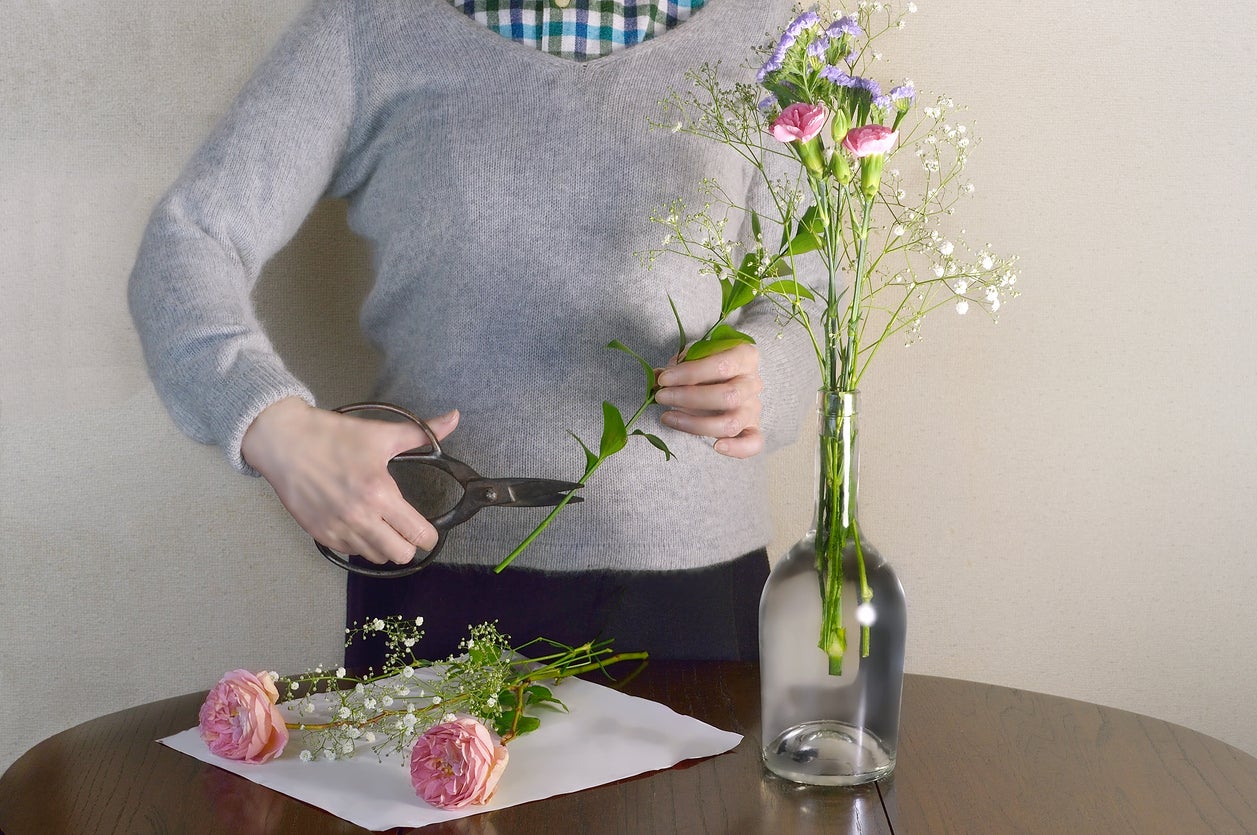

Articles
How To Store Floral Stems
Modified: October 20, 2024
Learn the best way to store floral stems in this comprehensive guide. Discover expert tips and tricks for preserving the longevity of your favorite articles.
(Many of the links in this article redirect to a specific reviewed product. Your purchase of these products through affiliate links helps to generate commission for Storables.com, at no extra cost. Learn more)
Introduction
Properly storing floral stems is essential for maintaining their freshness and longevity. Whether you are a professional florist, a DIY enthusiast, or simply someone who loves to have fresh flowers around the house, knowing how to store floral stems can make a significant difference in the lifespan and appearance of your blooms.
When flowers are cut, they undergo a process called transpiration, where they lose moisture through their petals and stems. This natural process can lead to wilting and deterioration if not properly managed. However, with the right storage techniques, you can extend the lifespan of your floral stems and continue to enjoy their beauty for longer periods.
In this article, we will explore the importance of properly storing floral stems, how to choose the right storage container, preparing floral stems for storage, temperature and humidity considerations, organizing and labeling stored floral stems, and checking and maintaining their condition. By following these guidelines, you can ensure that your floral stems remain fresh and vibrant, ready to be arranged into stunning bouquets or decorations whenever you desire.
Key Takeaways:
- Properly storing floral stems is crucial for maintaining their freshness, vitality, and longevity. It allows for flexibility in creating beautiful arrangements and protects delicate flowers from damage, ensuring their beauty lasts longer.
- Choosing the right storage container, preparing floral stems, considering temperature and humidity, organizing and labeling, and regular maintenance are key to optimizing the longevity and quality of stored floral stems. These practices ensure that the flowers remain fresh and vibrant for extended periods.
Importance of Properly Storing Floral Stems
Properly storing floral stems is crucial for several reasons. First and foremost, it helps to maintain the freshness and vitality of the flowers. Just like any other organic matter, floral stems have a limited lifespan. By providing them with the right storage conditions, you can slow down the aging process and ensure that the flowers stay vibrant and appealing for as long as possible.
Additionally, storing floral stems properly allows you to plan ahead and have flowers available whenever you need them. Whether you have a special event coming up or simply want to brighten up your space, knowing you have well-preserved floral stems on hand gives you the opportunity to create beautiful arrangements at a moment’s notice.
Furthermore, proper storage helps to protect the delicate petals and stems from damage. Without the right conditions, floral stems can easily become dehydrated, wilted, or even develop mold or fungal growth. By providing them with an optimal storage environment, you can prevent these issues, ensuring that your floral stems not only look their best but also stay healthy for longer.
For professional florists, proper storage practices are even more critical. Florists rely on having a consistent supply of fresh flowers to meet the demands of their customers. By storing their inventory correctly, they can extend the shelf life of their floral stems, reduce waste, and maintain a high level of quality in their arrangements, ultimately enhancing their reputation and customer satisfaction.
Overall, the importance of properly storing floral stems cannot be underestimated. It ensures the longevity and beauty of your flowers, provides flexibility in arranging them whenever you desire, and safeguards their delicate structures from damage. So, let’s delve into the techniques and considerations involved in storing floral stems to help you make the most out of your blooms.
Choosing the Right Storage Container
When it comes to storing floral stems, selecting the appropriate storage container is vital. The right container will provide a protective environment that helps maintain the freshness and integrity of the flowers. Here are some factors to consider when choosing a storage container:
- Size: The container should be spacious enough to accommodate the length and size of the floral stems without bending or crowding them. This will prevent damage and allow for proper air circulation.
- Material: Opt for containers made of non-reactive materials such as glass or food-grade plastic. These materials will not transfer any harmful substances to the flowers and maintain a clean and hygienic storage environment.
- Transparency: It is beneficial to choose a container that is transparent or allows you to see inside. This way, you can easily assess the condition of the flowers without disturbing them.
- Lid: A container with a tight-fitting lid or cover will help to maintain the appropriate humidity level and prevent moisture loss. This is especially important for storing delicate and moisture-sensitive flowers.
- Airtightness: For certain types of flowers that are more prone to drying out, such as roses or lilies, an airtight container may be necessary to create a more humid environment. However, it is important to balance humidity levels to avoid excess moisture that could lead to bacterial or fungal growth.
- Dividers or Compartments: If you plan to store different types of flowers or multiple arrangements in the same container, dividers or compartments can help prevent cross-contamination and keep the stems neatly organized.
By considering these factors, you can choose a storage container that provides adequate space, protection, and the necessary conditions for preserving the freshness and quality of your floral stems. Remember to clean the container thoroughly before use to ensure it is free from any contaminants that could harm the flowers.
Preparing Floral Stems for Storage
Before storing floral stems, it’s important to properly prepare them to ensure their longevity and minimize the risk of damage or deterioration. Follow these steps to prepare floral stems for storage:
- Trimming: Start by trimming the ends of the floral stems. Use a sharp, clean pair of garden shears or floral scissors to make a diagonal cut about one inch from the bottom. This fresh cut will enable the stems to absorb water more efficiently and prevent blockage of the water-conducting vessels.
- Remove Leaves: Remove any leaves or foliage on the lower part of the stems that would submerge in water during storage. This prevents decay and reduces the chances of bacterial growth.
- Water Treatment: If the floral stems have been out of water for an extended period, it is beneficial to give them a rehydration treatment before storage. Fill a clean container with warm water and add a floral preservative or a homemade solution of sugar and a few drops of bleach. Immerse the stems in the water for a couple of hours to rehydrate them and provide nutrients.
- Drying: After the water treatment, gently pat the floral stems dry with a clean cloth or paper towel. Excess moisture can promote the growth of bacteria, mold, or rot during storage, so it’s important to remove any surface moisture.
- Bundling: Group similar types and lengths of floral stems together and secure them loosely with twine or rubber bands. This makes it easier to handle and organize them in the storage container. Avoid packing the stems too tightly as they need some space for air circulation.
- Covering: To protect delicate blooms, cover them loosely with a piece of clear plastic or tissue paper. This helps to prevent damage from light, dust, or accidental brushing against other stems in the storage container.
By following these steps, you can ensure that your floral stems are properly prepared for storage, allowing them to maintain their freshness and quality for an extended period. Proper trimming, removing leaves, water treatment, drying, bundling, and covering will all contribute to the overall preservation of the flowers.
Store floral stems in a clean container filled with water, and trim the stems at an angle to help them absorb water better. Keep them in a cool, dark place away from direct sunlight and fruit, which can release ethylene gas and cause the flowers to wilt faster.
Temperature and Humidity Considerations
The temperature and humidity levels in which you store your floral stems play a crucial role in maintaining their freshness and preventing premature wilting or decay. Here are some important considerations when it comes to temperature and humidity:
Temperature:
Most floral stems prefer to be stored at cool temperatures, typically between 34°F (1°C) and 40°F (4°C). This range helps to slow down the aging process and prolong the lifespan of the flowers. However, it’s important to note that some types of flowers, such as tropical blooms like orchids or anthuriums, have different temperature requirements. Be sure to research the specific temperature preferences of the flowers you are storing and adjust accordingly.
Avoid storing floral stems in an area that is exposed to direct sunlight, as this can lead to overheating and accelerate the wilting process. Similarly, avoid storing them near appliances or heat sources that could raise the temperature and cause premature wilting.
Humidity:
Maintaining the right humidity levels is also crucial for storing floral stems. Most flowers prefer a moderate humidity level of around 50-60%. This helps to prevent wilting and dehydration, while also inhibiting the growth of bacteria and mold.
If the humidity in your storage area is too low, you can increase it by placing a humidity tray filled with water near the stored floral stems. Alternatively, you can use a humidifier to control and maintain the desired humidity level.
However, it’s important to strike a balance, as excessive humidity can lead to the growth of bacteria or mold on the flowers. To prevent this, ensure that there is adequate air circulation and avoid sealing the storage containers completely.
By taking into account the temperature and humidity considerations when storing floral stems, you can create an optimal environment that prolongs the lifespan of your flowers and keeps them looking fresh and vibrant for a longer period.
Organizing and Labeling Stored Floral Stems
Proper organization and labeling of stored floral stems are essential for easy access and efficient management of your flower inventory. Here are some tips on how to organize and label your stored floral stems:
Container Labeling:
Label each storage container with clear and descriptive tags or labels. Include information such as the type of flowers, the date of storage, and any special notes or instructions. This will make it easier to locate specific stems when needed and keep track of their storage duration.
Categorization:
Group similar types of floral stems together based on their characteristics. For example, group roses with roses, lilies with lilies, and so on. This will not only make it easier to find the stems you need but also prevent cross-contamination and accidental damage that could occur if different types of stems are stored together.
Arrangement Size:
Consider organizing the stored floral stems based on the size or length of the stems. For instance, keep shorter stems separate from longer ones and organize them in different sections of the storage container. This will help you quickly identify and select the appropriate stems based on the size of the arrangement you want to create.
Color Coding:
If you have a large collection of floral stems, you may find it helpful to color-code the containers or tags based on the color of the flowers. This visual cue can make it easier to locate specific colors when planning floral arrangements or when clients request specific color schemes.
Inventory Record:
Keep a comprehensive inventory record of the stored floral stems. Include details such as the quantity, type, and condition of each stem. This record will help you keep track of your stock, manage inventory levels, and plan for restocking when needed.
By implementing these organizing and labeling techniques, you can maintain a well-organized storage system for your floral stems, enabling you to quickly locate and retrieve the flowers you need for various occasions and arrangements.
Checking and Maintaining Stored Floral Stems
Regularly checking and maintaining your stored floral stems is essential to ensure their continued freshness and quality. Here are some practices to follow when it comes to checking and maintaining your stored floral stems:
Regular Inspections:
Take the time to inspect your stored floral stems regularly. Check for any signs of wilting, discoloration, mold, or rot. Remove any stems that show signs of damage or decay to prevent the spread of problems to other stems.
Water Refreshment:
If you are storing floral stems in water, it’s important to refresh the water periodically. Every few days, empty out the old water and replace it with fresh, clean water. This prevents the growth of bacteria and ensures the stems have an ample supply of hydration.
Trimming:
Trim the ends of the floral stems every few days to promote water uptake and prolong their freshness. Make fresh diagonal cuts about an inch from the bottom of the stem before placing them back in water. This helps to remove any blockages and keeps the water-conducting vessels open.
Humidity Control:
Monitor the humidity levels in the storage area and adjust as needed. Use a hygrometer, a device that measures humidity, to ensure the environment remains within the ideal range. Adding or removing humidity trays or using a humidifier or dehumidifier can help maintain optimal conditions for the floral stems.
Temperature Control:
Regularly monitor the temperature in the storage area to ensure it remains within the recommended range for the specific types of flowers you are storing. Make adjustments if necessary to maintain the desired cool temperature that helps prolong the lifespan of the floral stems.
Preventing Cross-Contamination:
Avoid storing different types of flowers too closely together, as this can lead to cross-contamination. Some flowers release ethylene gas, which can accelerate the wilting process in other flowers. Keep different types of stems separated, and be mindful of any flowers that are known to produce ethylene gas.
Rotation:
If you have a large stock of stored floral stems, practice a “first in, first out” rotation system. This means using the oldest stems first to ensure that all stems are used before they have a chance to deteriorate further. Regularly rotate your stock to maintain freshness and minimize waste.
By diligently checking and maintaining your stored floral stems, you can ensure that they remain in optimal condition, ready to be used in beautiful arrangements whenever you need them.
Conclusion
Properly storing floral stems is a crucial aspect of maintaining their freshness and beauty. With the right storage techniques, you can extend the lifespan of your flowers, ensuring they stay vibrant and appealing for longer periods of time. By choosing the right storage container, preparing the floral stems properly, considering temperature and humidity, organizing and labeling, and checking and maintaining the stored stems, you can optimize their longevity and quality.
Choosing the right storage container involves factors such as size, material, transparency, lid, airtightness, and dividers. These considerations ensure that the container provides the necessary protection and conditions for the floral stems.
Preparing the floral stems for storage involves trimming the ends, removing leaves, giving them a water treatment, drying them, and bundling them appropriately. Following these steps ensures that the stems are in the best possible condition for storage.
Temperature and humidity considerations are vital for maintaining the freshness of the floral stems. Storing them at cool temperatures within the appropriate range and maintaining moderate humidity levels help slow down aging and prevent wilting or decay.
Organizing and labeling the stored floral stems allows for easy access and efficient management of your flower inventory. Proper categorization, arrangement size consideration, color coding, container labeling, and record-keeping ensure that you can locate specific stems when needed and keep track of their storage duration.
Regularly checking and maintaining the stored floral stems is essential. Regular inspections, refreshing water, trimming, humidity control, temperature control, preventing cross-contamination, and rotating the stock all contribute to the overall freshness and quality of the stems.
In conclusion, by implementing proper storage techniques and following the guidelines provided, you can ensure that your floral stems maintain their freshness and beauty, allowing you to create stunning arrangements or enjoy the beauty of fresh flowers in your home or business for an extended period of time.
Frequently Asked Questions about How To Store Floral Stems
Was this page helpful?
At Storables.com, we guarantee accurate and reliable information. Our content, validated by Expert Board Contributors, is crafted following stringent Editorial Policies. We're committed to providing you with well-researched, expert-backed insights for all your informational needs.
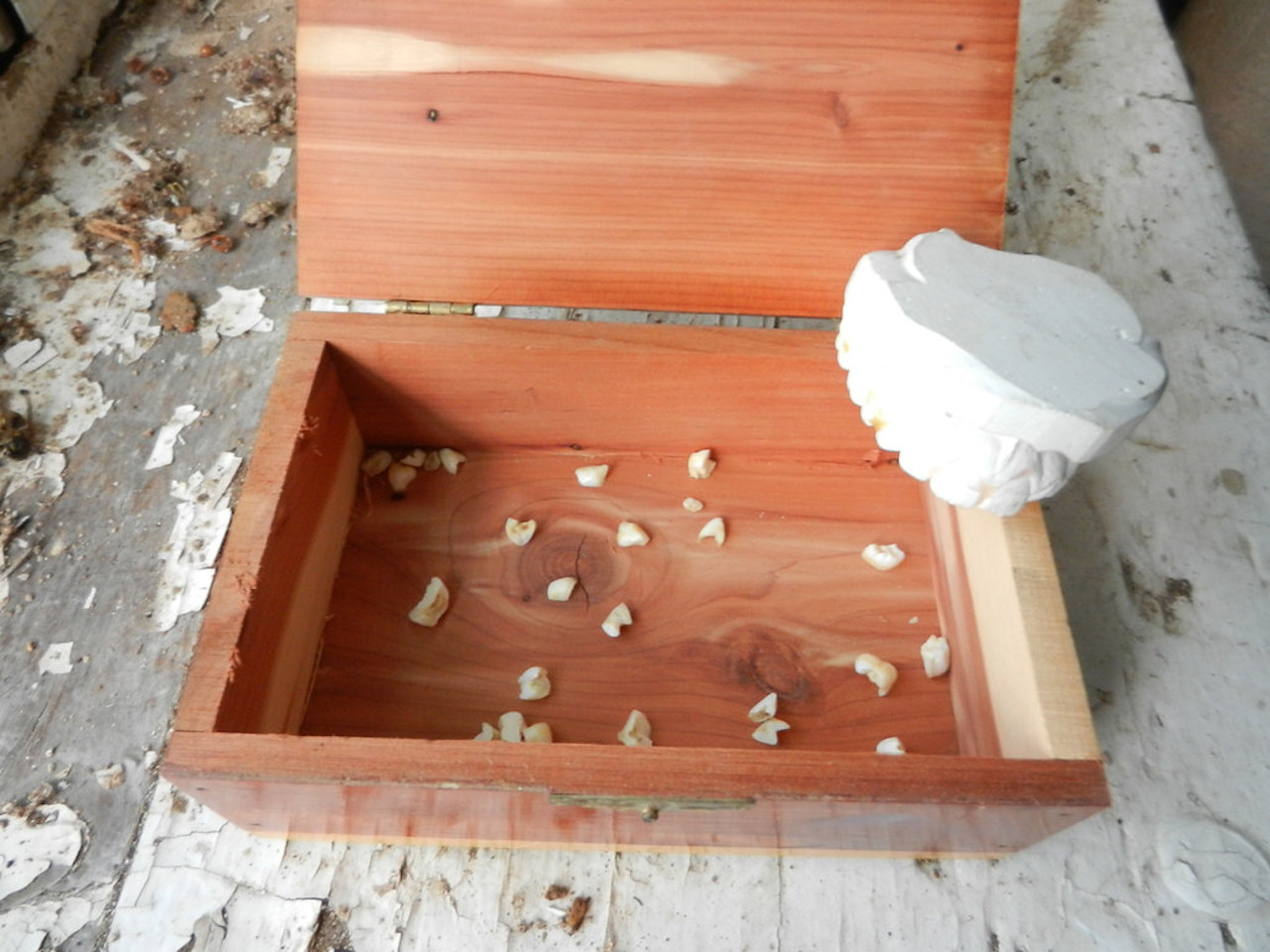
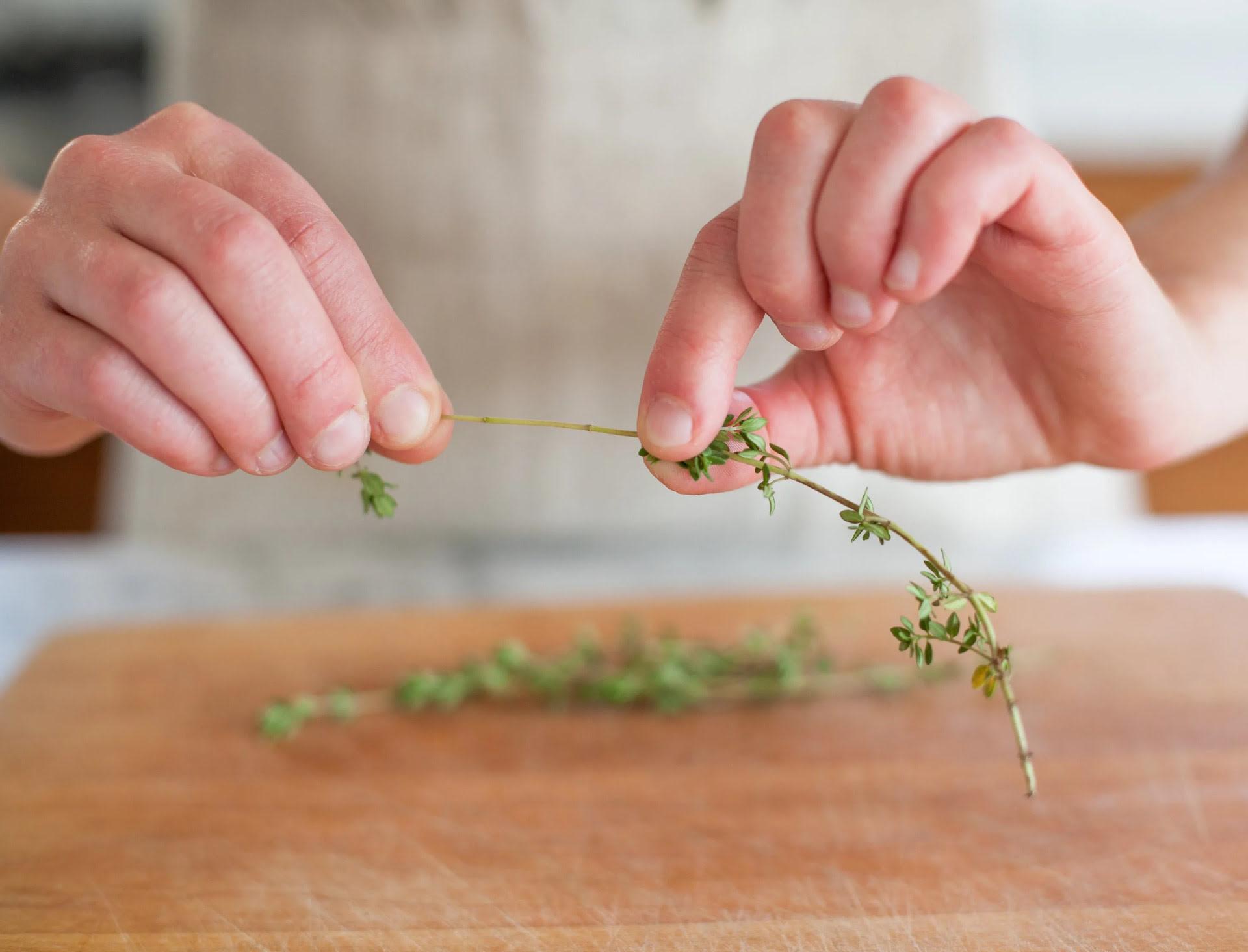


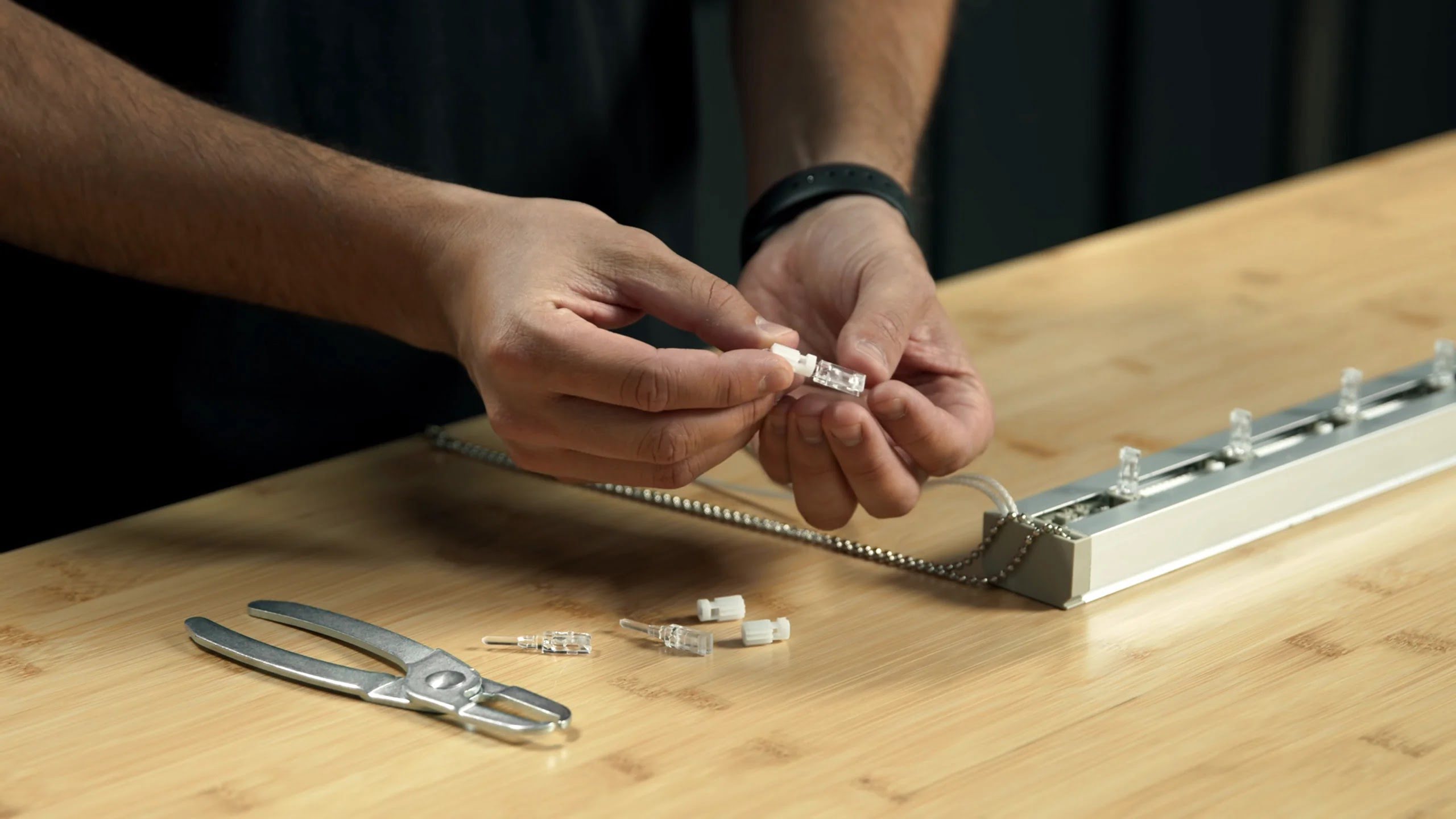
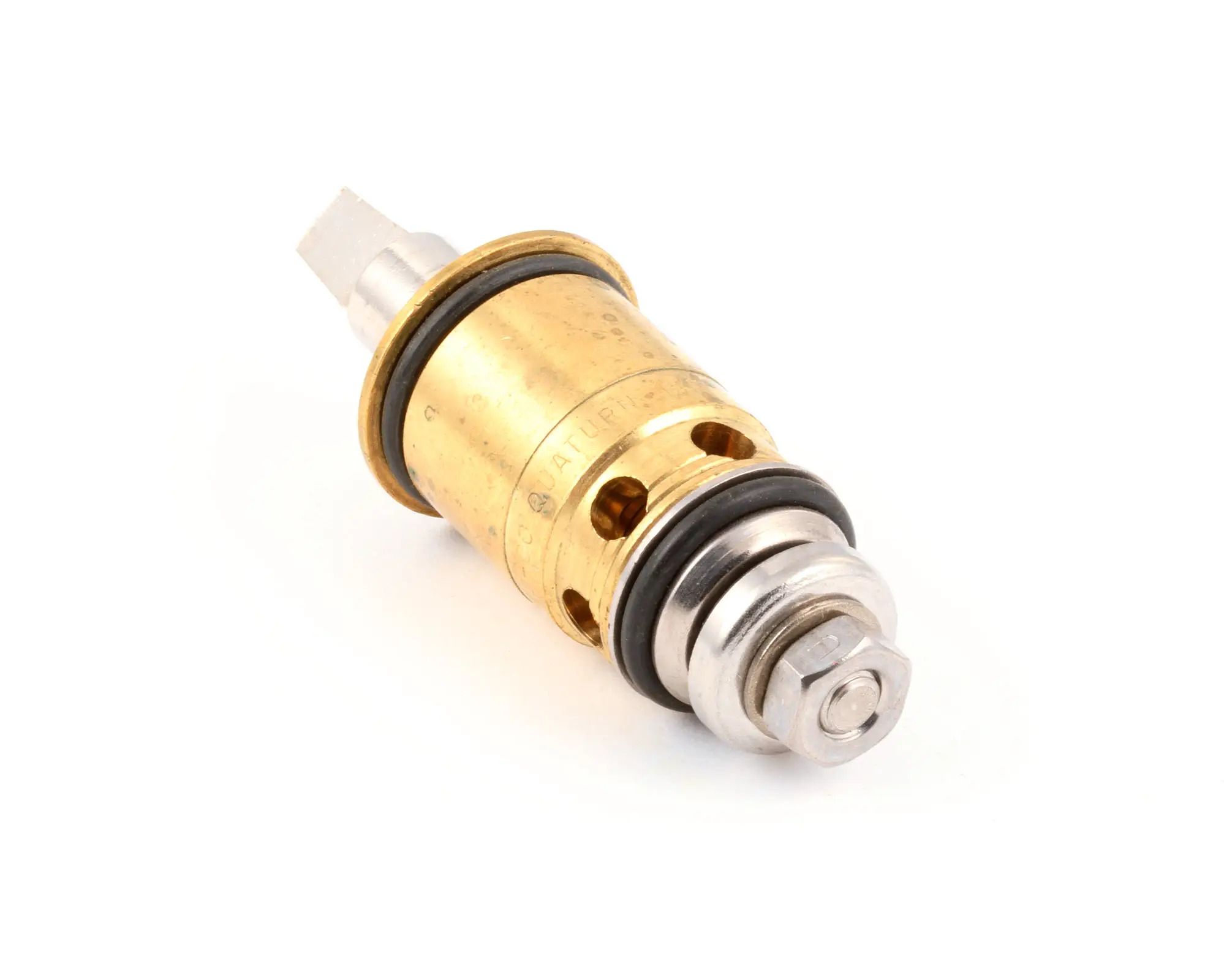
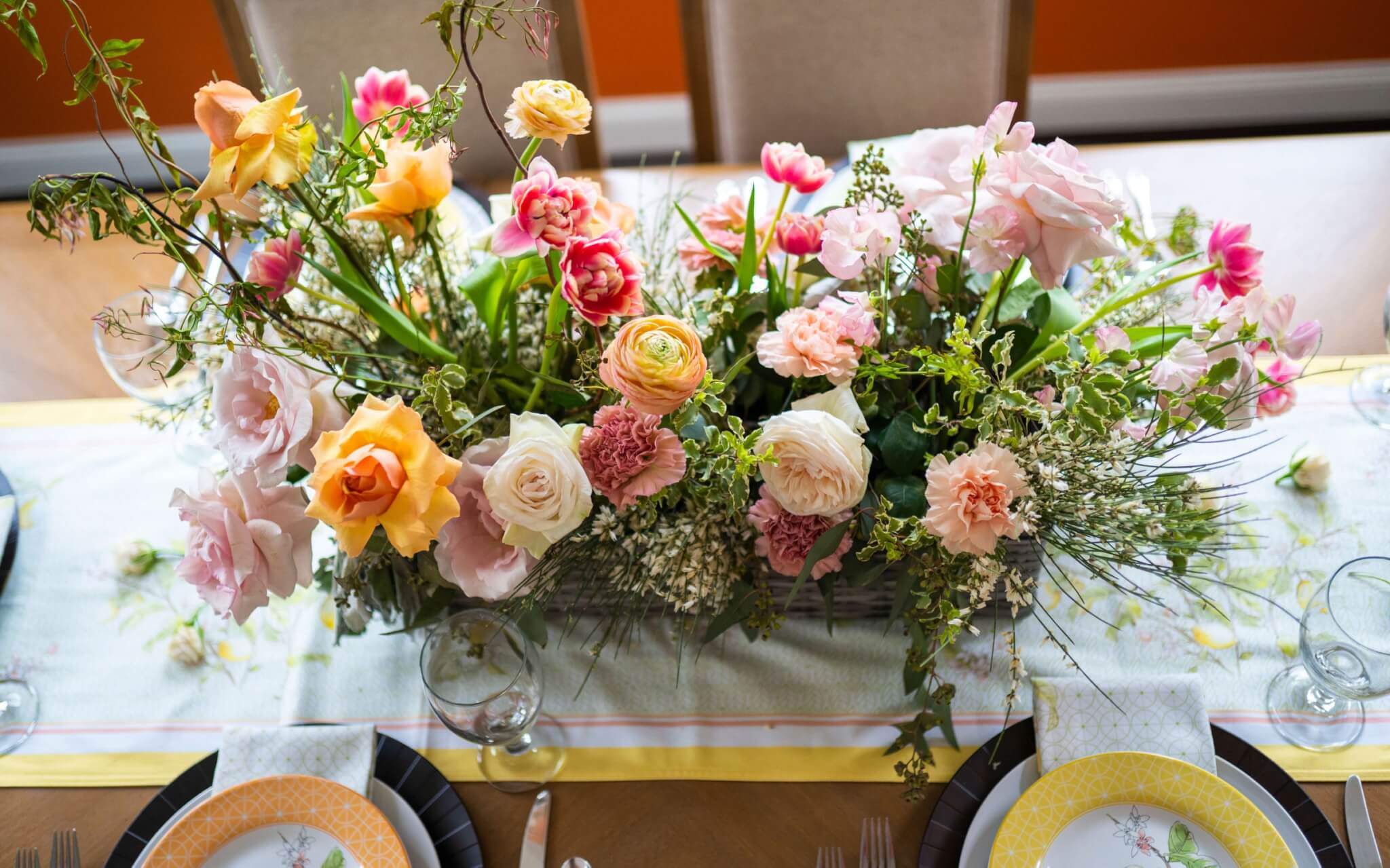

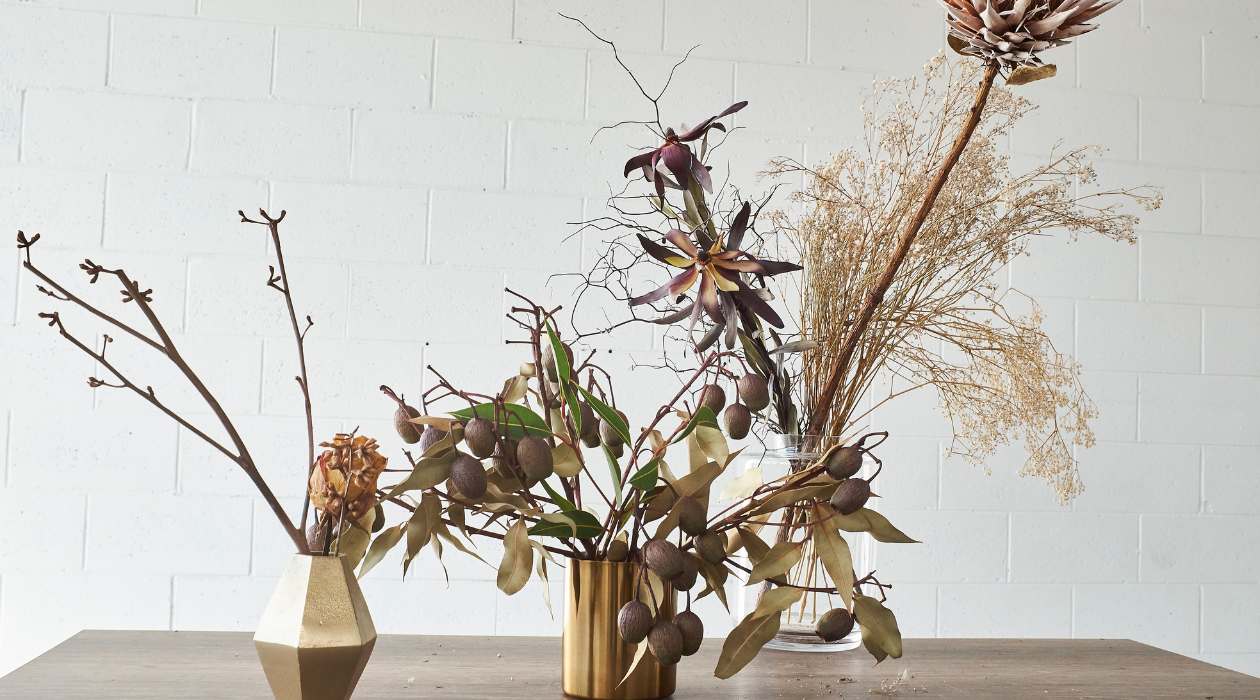
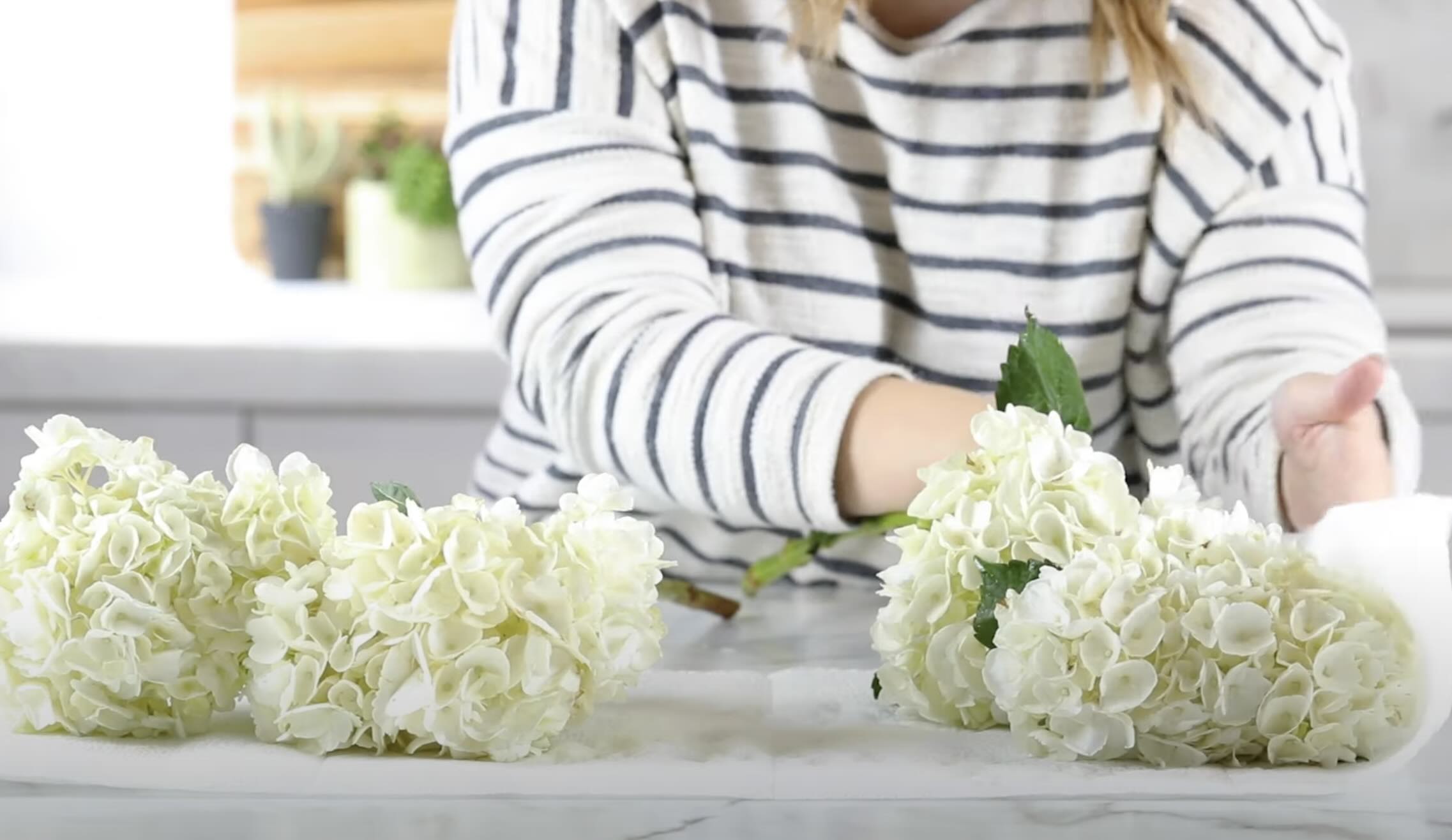

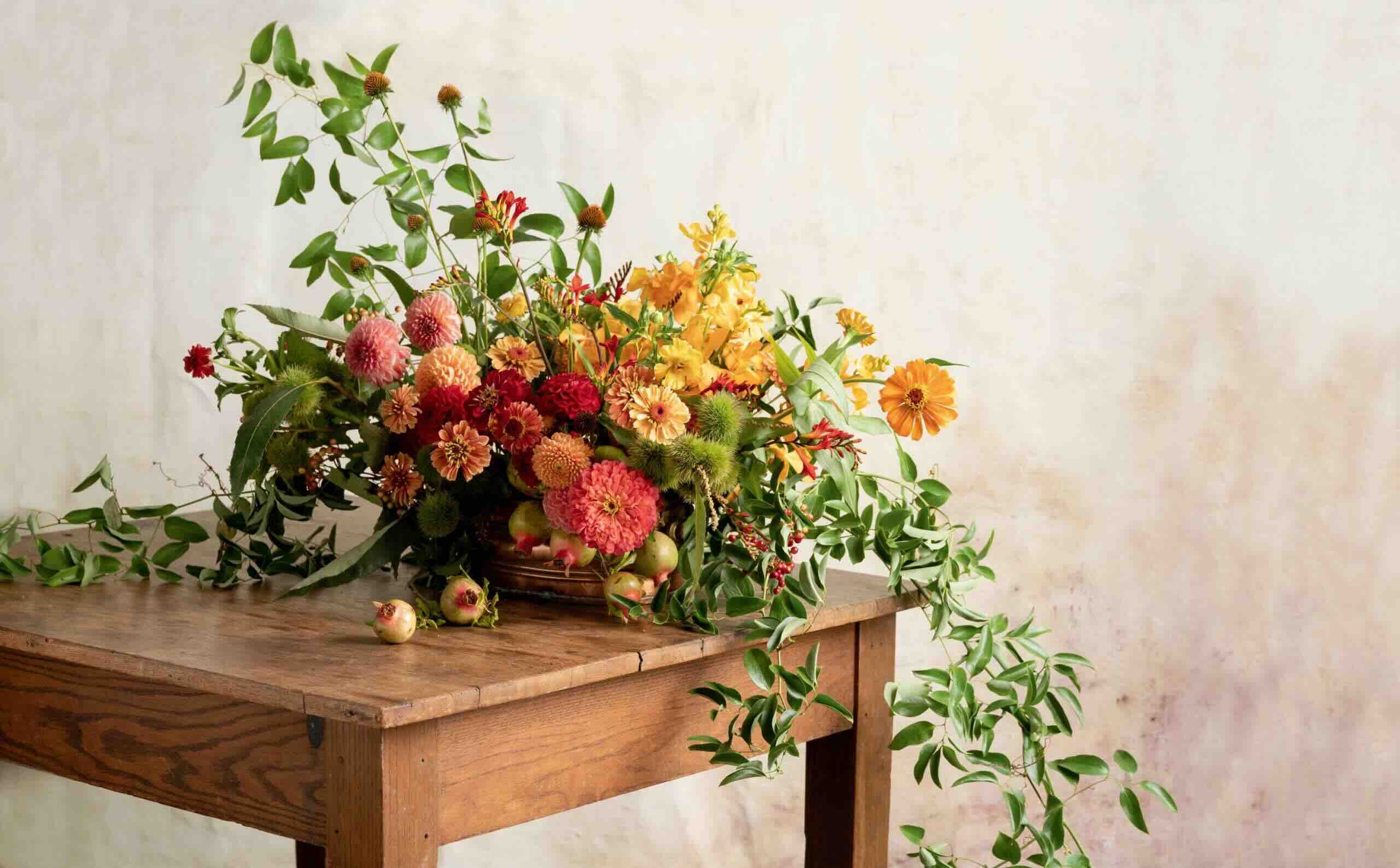
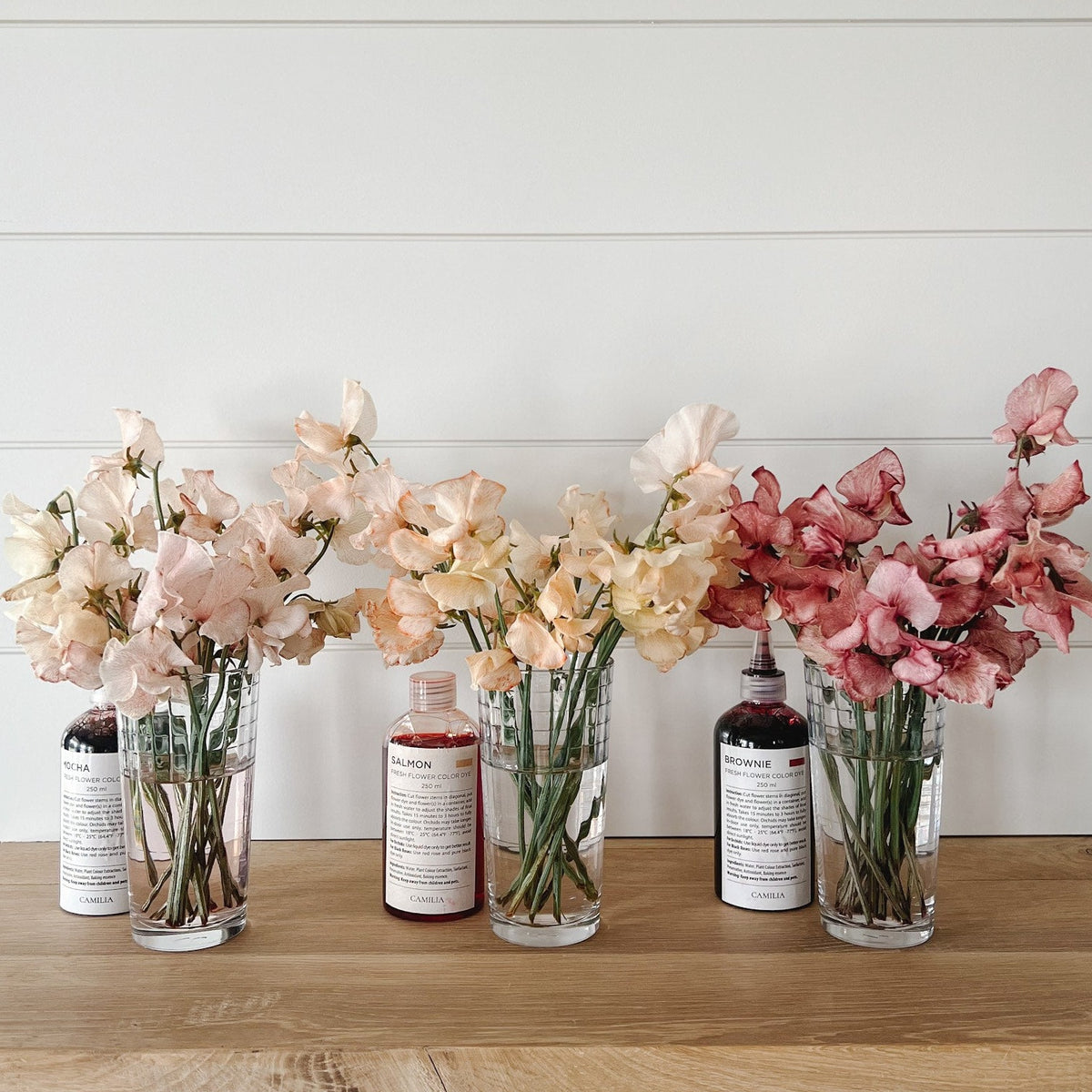
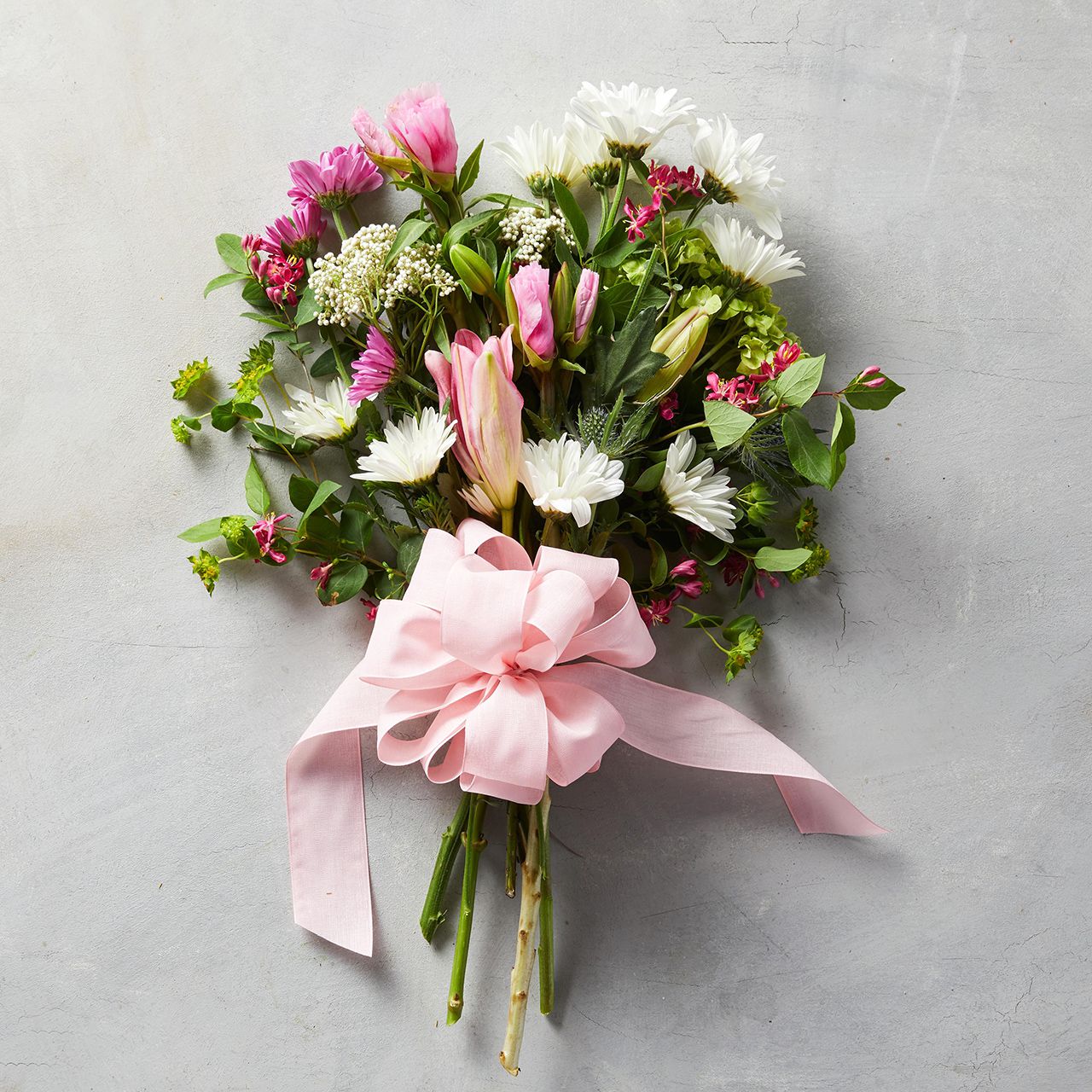

0 thoughts on “How To Store Floral Stems”